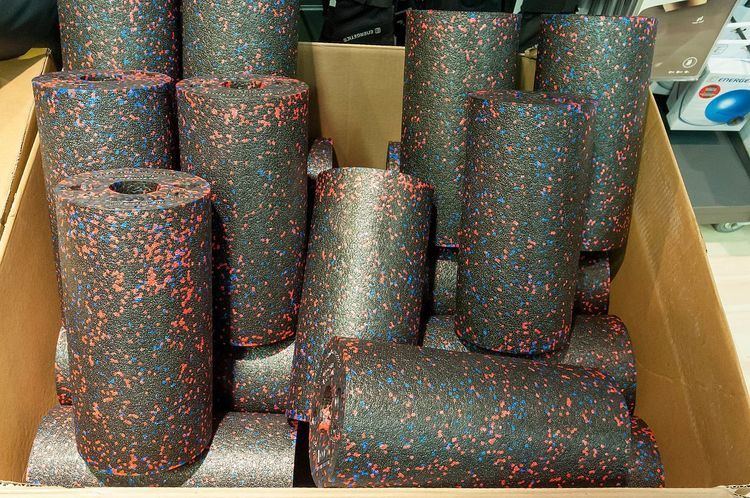 | ||
Myofascial release (or MFR) is an alternative medicine therapy that claims to treat skeletal muscle immobility and pain by relaxing contracted muscles, improving blood and lymphatic circulation, and stimulating the stretch reflex in muscles.
Contents
Fascia is a thin, tough, elastic type of connective tissue that wraps most structures within the human body, including muscle. Fascia supports and protects these structures. Osteopathic theory proposes that this soft tissue can become restricted due to psychogenic disease, overuse, trauma, infectious agents, or inactivity, often resulting in pain, muscle tension, and corresponding diminished blood flow.
The use of myofascial release as a treatment is not supported by good evidence, and using it as a replacement for conventional treatment risks causing harm.
Background and terminology
The approach was promulgated by Andrew Taylor Still, inventor of osteopathy, and his early students. The term "myofascial" was first used in medical literature by Janet G. Travell in the 1940s in reference to musculoskeletal pain syndromes and trigger points. In 1976, Travell began using the term "myofascial trigger point" and in 1983 published the reference Myofascial Pain & Dysfunction: The Trigger Point Manual. The exact phrase "myofascial release" was coined in the 1960s by Robert Ward, an osteopath who studied with Ida Rolf, the originator of Rolfing. Ward, along with physical therapist John Barnes, are considered the two primary founders of Myofascial Release. Some practitioners use the term "myofascial therapy" or "myofascial trigger point therapy" referring to the treatment of trigger points. The phrase has also been loosely used for different manual therapy techniques, including soft tissue manipulation work such as connective tissue massage, soft tissue mobilization, foam rolling, and strain-counterstrain techniques. Myofascial techniques can be described as passive (patient stays completely relaxed) or active (patient provides resistance as necessary), with direct and indirect techniques used in each.
Effectiveness
The American Cancer Society state that "There is little scientific evidence available to support proponents' claims that myofascial release relieves pain or restores flexibility" and caution against using it as a substitute for conventional cancer treatment. The poor quality of research into the use of myofascial release for orthopaedic conditions precludes any conclusions being drawn about its usefulness for this purpose.
In 2011, the UK Advertising Standards Authority upheld a complaint regarding the effectiveness claims published in an advertising leaflet produced by the Myofascial Release UK health care service. The ASA Council ruled that materials presented by Myofascial Release UK in support of the claims made in their ad were inadequate to establish a "body of robust scientific evidence" to substantiate Myofascial Release UK's range of claims. In addition, the ASA determined that the ad breached advertising rules by introducing a risk that readers might be discouraged from seeking other essential medical treatments.
Reviews published in 2013 and 2015 evaluating evidence for MFR in orthopedic and other conditions found that the quality of clinical trials that have been conducted were varied in quality, technique, outcome measurements, and had mixed outcomes; the 2015 review noted: "it is time for scientific evidences (sic) on MFR to support its clinical use."
